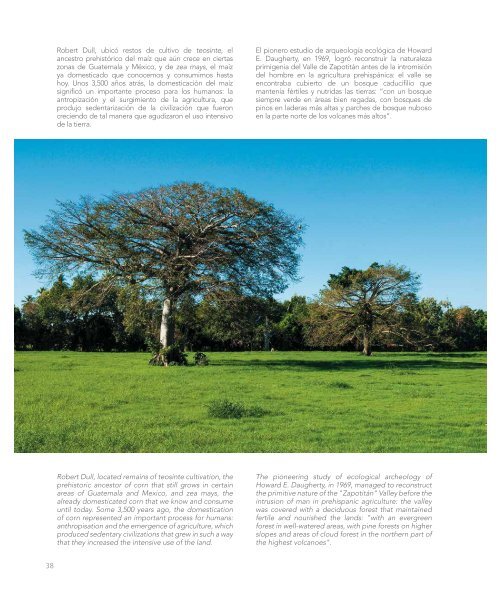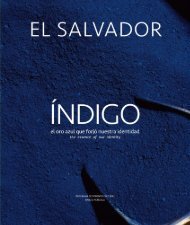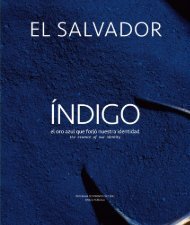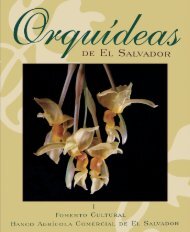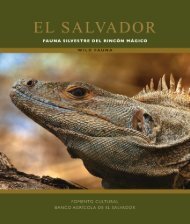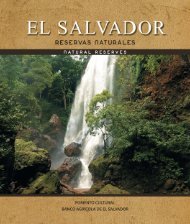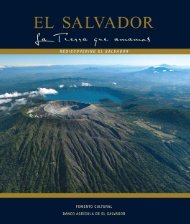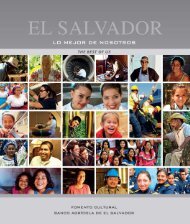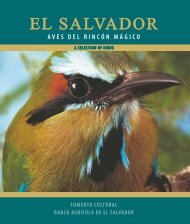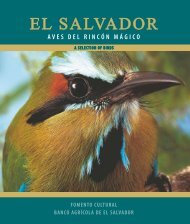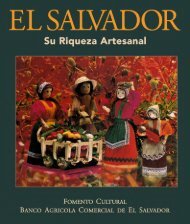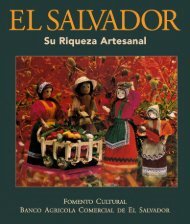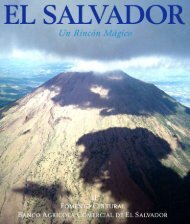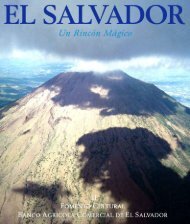You also want an ePaper? Increase the reach of your titles
YUMPU automatically turns print PDFs into web optimized ePapers that Google loves.
Robert Dull, ubicó restos de cultivo de teosinte, el<br />
ancestro prehistórico del maíz <strong>que</strong> aún crece en ciertas<br />
zonas de Guatemala y México, y de zea mays, el maíz<br />
ya domesticado <strong>que</strong> conocemos y consumimos hasta<br />
hoy. U<strong>nos</strong> 3,500 años atrás, la domesticación del maíz<br />
significó un importante proceso para los huma<strong>nos</strong>: la<br />
antropización y el surgimiento de la agricultura, <strong>que</strong><br />
produjo sedentarización de la civilización <strong>que</strong> fueron<br />
creciendo de tal manera <strong>que</strong> agudizaron el uso intensivo<br />
de la <strong>tierra</strong>.<br />
El pionero estudio de ar<strong>que</strong>ología ecológica de Howard<br />
E. Daugherty, en 1969, logró reconstruir la naturaleza<br />
primigenia del Valle de Zapotitán antes de la intromisión<br />
del hombre en la agricultura prehispánica: el valle se<br />
encontraba cubierto de un bos<strong>que</strong> caducifilio <strong>que</strong><br />
mantenía fértiles y nutridas las <strong>tierra</strong>s: “con un bos<strong>que</strong><br />
siempre verde en áreas bien regadas, con bos<strong>que</strong>s de<br />
pi<strong>nos</strong> en laderas más altas y parches de bos<strong>que</strong> nuboso<br />
en la parte norte de los volcanes más altos”.<br />
Robert Dull, located remains of teosinte cultivation, the<br />
prehistoric ancestor of corn that still grows in certain<br />
areas of Guatemala and Mexico, and zea mays, the<br />
already domesticated corn that we know and consume<br />
until today. Some 3,500 years ago, the domestication<br />
of corn represented an important process for humans:<br />
anthropisation and the emergence of agriculture, which<br />
produced sedentary civilizations that grew in such a way<br />
that they increased the intensive use of the land.<br />
The pioneering study of ecological archeology of<br />
Howard E. Daugherty, in 1969, managed to reconstruct<br />
the primitive nature of the "Zapotitán" Valley before the<br />
intrusion of man in prehispanic agriculture: the valley<br />
was covered with a deciduous forest that maintained<br />
fertile and nourished the lands: "with an evergreen<br />
forest in well-watered areas, with pine forests on higher<br />
slopes and areas of cloud forest in the northern part of<br />
the highest volcanoes".<br />
38


